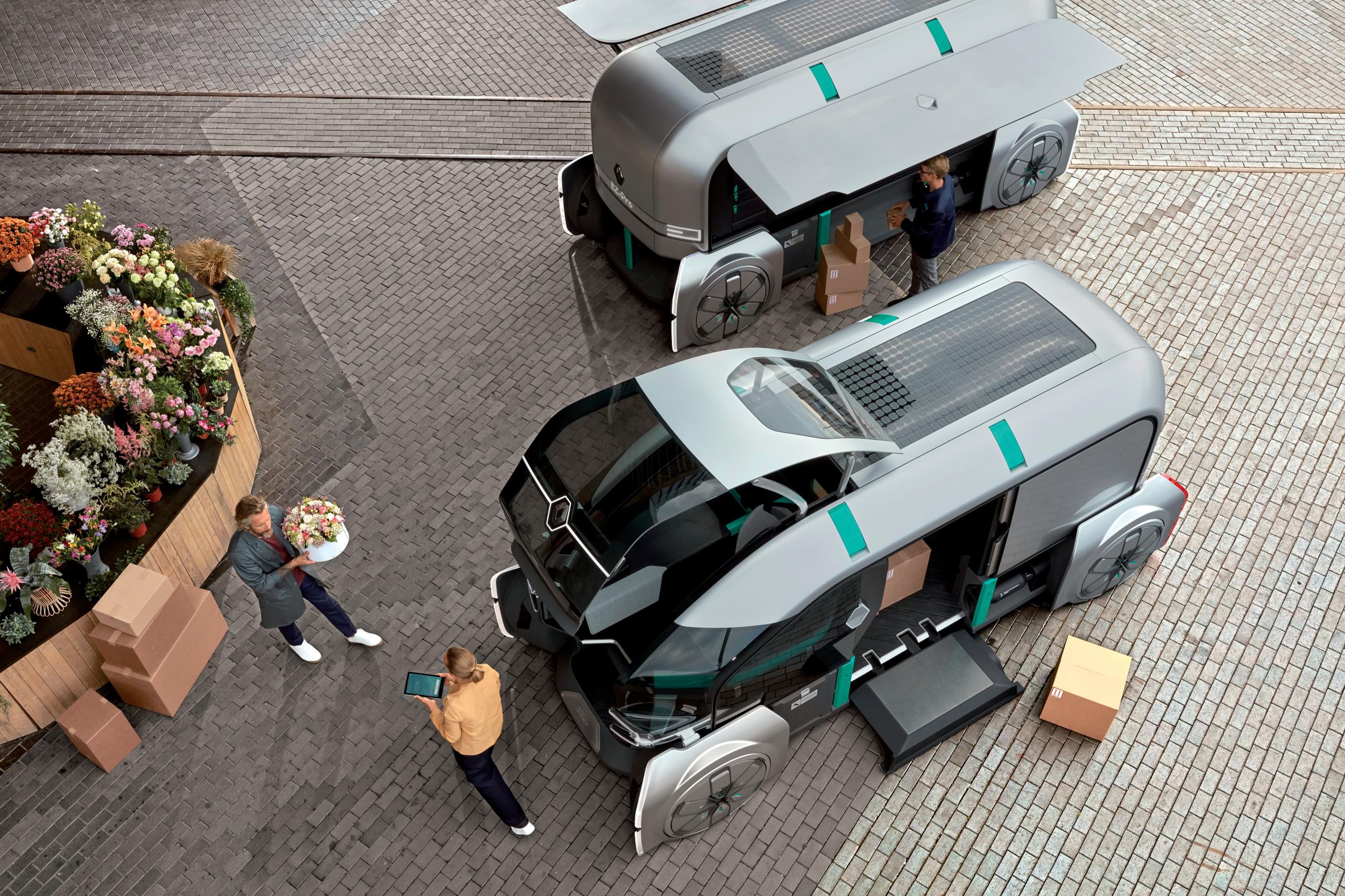Last Updated on: 25th January 2024, 01:56 pm
In our fast-paced world, emergencies can strike at any moment, necessitating swift and efficient response mechanisms. Emergency vehicles are at the forefront of these response systems, crucial components in ensuring the safety and well-being of communities. This blog aims to shed light on the importance of emergency vehicles, with a particular focus on the significance of upfitting in enhancing their capabilities.
The Lifeline of Emergency Services
Emergency vehicles serve as the lifeline of emergency services, playing a pivotal role in providing rapid assistance during critical situations. Whether it’s a medical emergency, a fire outbreak, or law enforcement operations, these specialized vehicles are equipped to navigate through traffic, reach the scene quickly, and deliver the necessary aid. The timely arrival of emergency vehicles can be the difference between life and death, making their presence indispensable in safeguarding communities.
The Multi-Faceted Nature of Emergency Vehicles
Emergency vehicles are designed to meet the unique requirements of different response scenarios. Ambulances, for instance, are equipped with life-saving medical equipment to provide on-the-spot care, while fire trucks carry firefighting apparatus to combat blazes effectively. Police vehicles, on the other hand, are equipped with advanced communication systems and surveillance tools to maintain law and order. The adaptability of emergency vehicles ensures a versatile response to a wide range of emergencies, highlighting their significance in maintaining public safety.
Upfitting: Enhancing Emergency Vehicle Capabilities
Emergency vehicle upfitting refers to the process of customizing and modifying standard vehicles to meet the specific needs of emergency services. This crucial aspect of emergency vehicle preparation ensures that these vehicles are equipped with the latest technology and features to optimize their performance. Upfitting can include the installation of specialized lighting, communication systems, medical equipment, and storage solutions, among other enhancements.
Advanced Lighting Systems
Emergency vehicles rely on advanced lighting systems to alert other road users and create a clear path during emergencies. Upfitting involves the installation of high-intensity LED lights, strobes, and light bars, enhancing visibility and ensuring the safety of both emergency responders and the public. These lighting systems are strategically placed to convey urgency and command attention, facilitating a swift and safe passage through traffic.
Communication and Surveillance Upgrades
Effective communication is vital in emergency situations, and upfitting addresses this need by integrating cutting-edge communication systems into vehicles. This includes two-way radios, satellite communication devices, and GPS tracking systems, enabling seamless coordination between emergency responders. Surveillance upgrades, such as dashcams and body-worn cameras, contribute to accountability and transparency in law enforcement operations.
Specialized Storage Solutions
Emergency vehicles often carry a variety of equipment and supplies to handle different scenarios. Upfitting involves designing and installing specialized storage solutions to ensure that equipment is organized, easily accessible, and securely stored. This not only streamlines the response process but also enhances the safety of the emergency personnel by minimizing the risk of equipment becoming projectiles during transit.
The Economic Impact of Efficient Emergency Response
Beyond the immediate benefits of saving lives and preventing further damage, efficient emergency response facilitated by well-equipped vehicles has a positive economic impact. Swift resolution of emergencies can reduce property damage, medical expenses, and overall recovery costs. Moreover, it enhances community resilience and fosters a sense of security, making investing in well-equipped emergency vehicles a strategic move for local governments and private organizations.
Technological Innovations Shaping the Future of Emergency Vehicles
The landscape of emergency response is continually evolving, with technological innovationsplaying a pivotal role in shaping the future of emergency vehicles. Advancements such as autonomous driving capabilities, artificial intelligence, and predictive analytics are being explored to enhance the efficiency and effectiveness of emergency services.
Autonomous Emergency Vehicles
The integration of autonomous driving technology has the potential to revolutionize the way emergency vehicles operate. Autonomous emergency vehicles could navigate through traffic seamlessly, analyze real-time data to identify optimal routes, and respond to emergencies with unparalleled speed and precision. While full autonomy may still be in the developmental stages, partial automation, such as advanced driver-assistance systems, is already being implemented to improve vehicle safety and response times.
Conclusion
Emergency vehicles stand as the first line of defense against unforeseen crises, and their importance cannot be overstated. From upfitting to specialized design, these vehicles are tailored to meet the unique demands of emergency situations, ensuring a rapid and effective response. As technology continues to evolve, the role of emergency vehicles will only become more critical in maintaining the safety and well-being of communities worldwide. Investing in their capabilities, particularly through upfitting, is an investment in the resilience and security of society as a whole.





